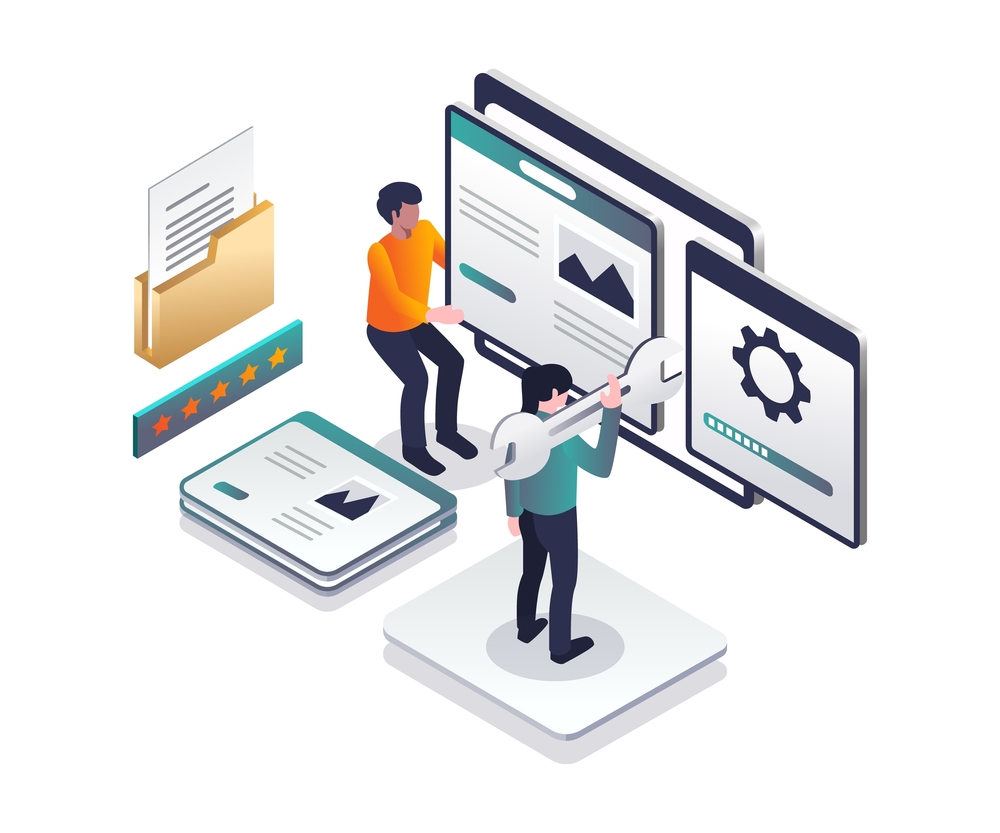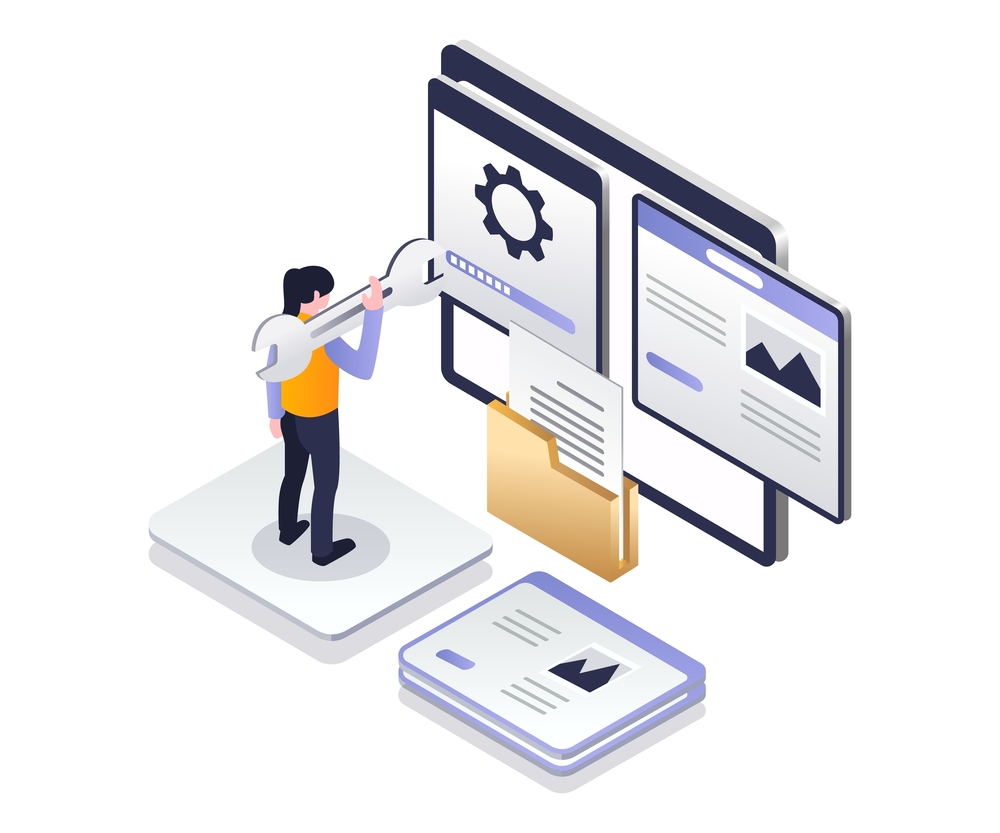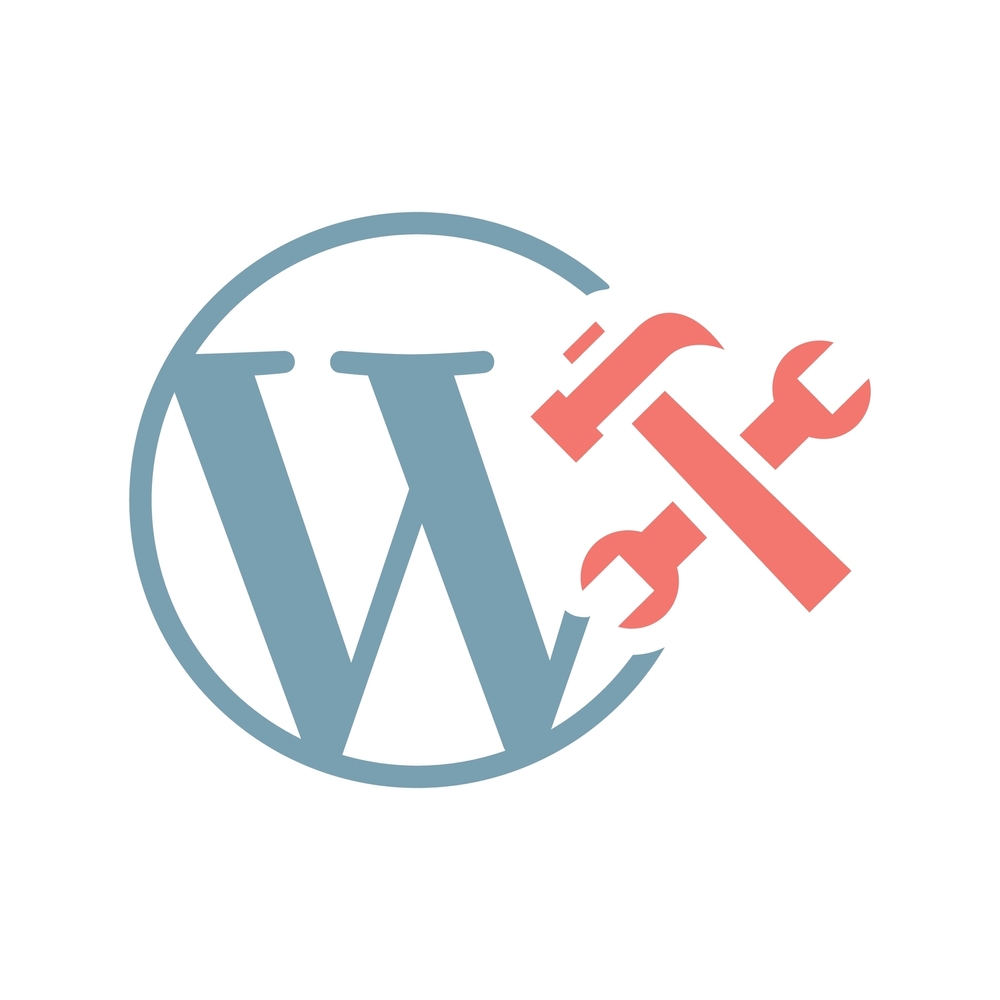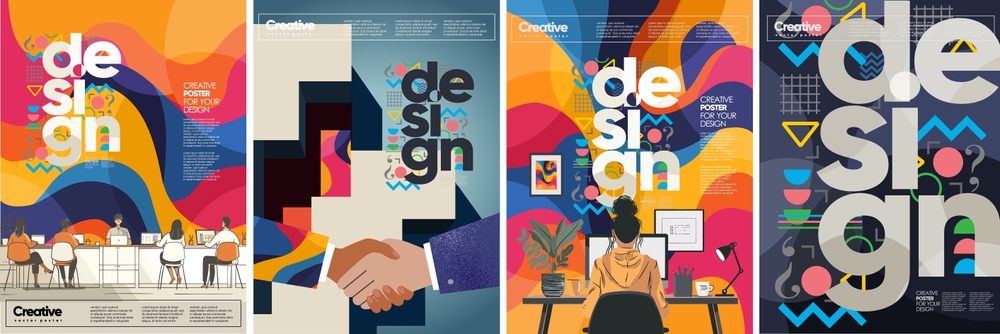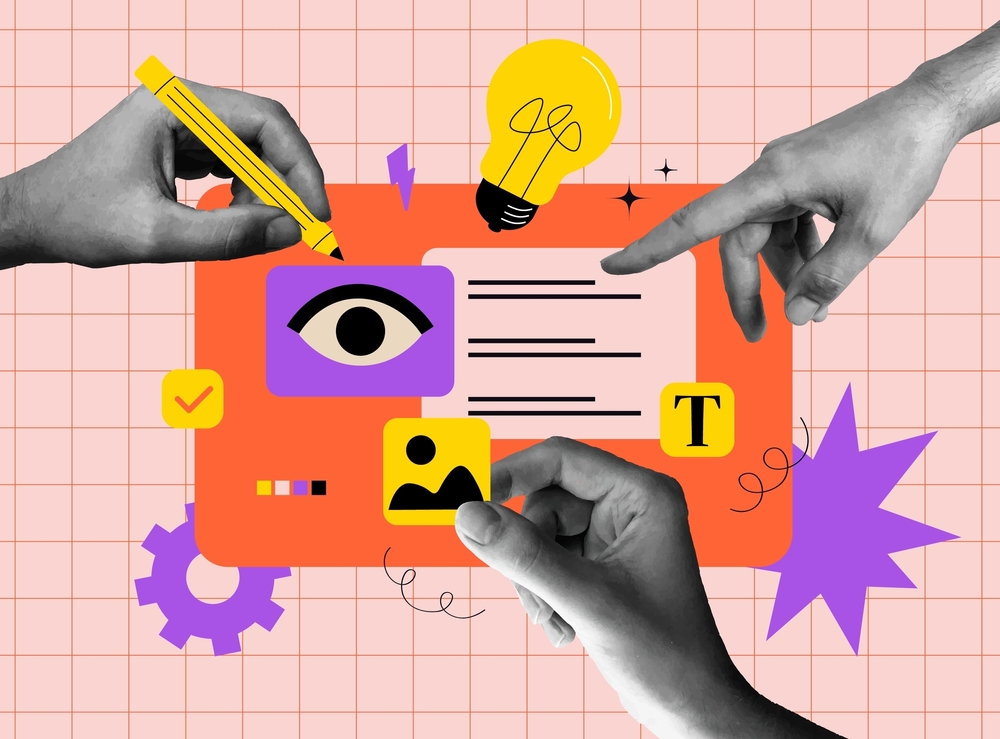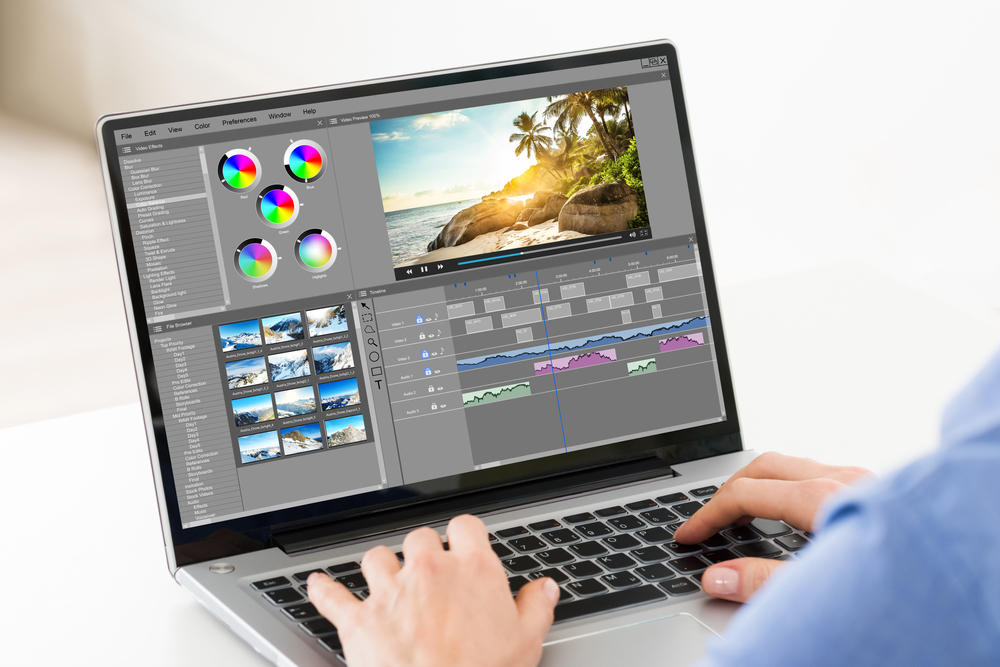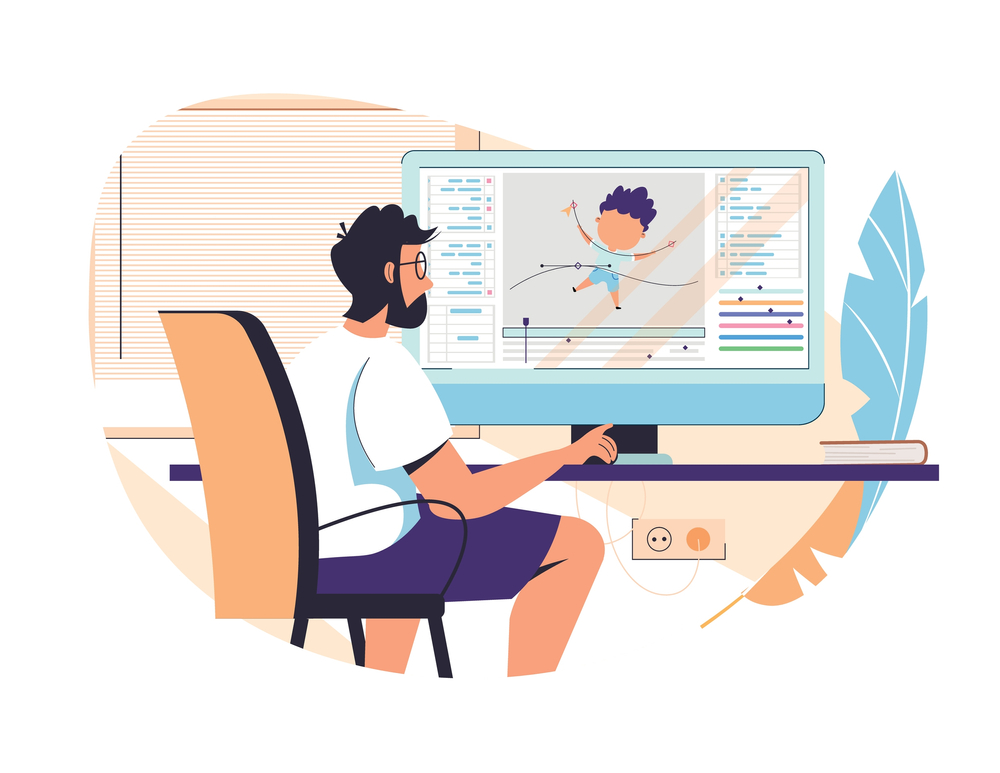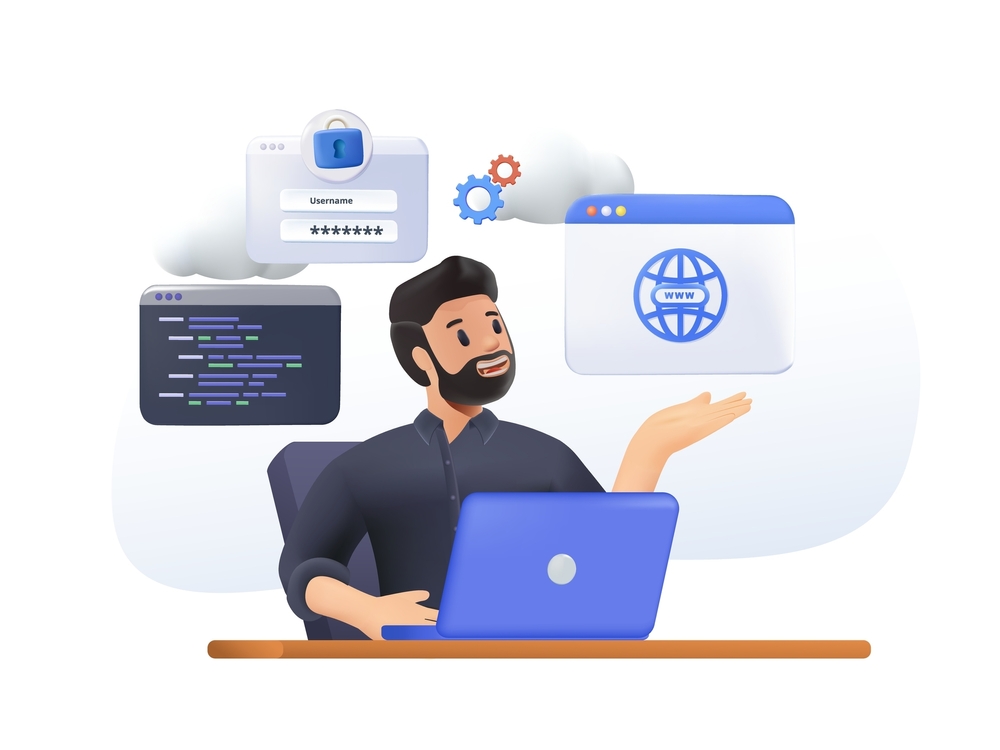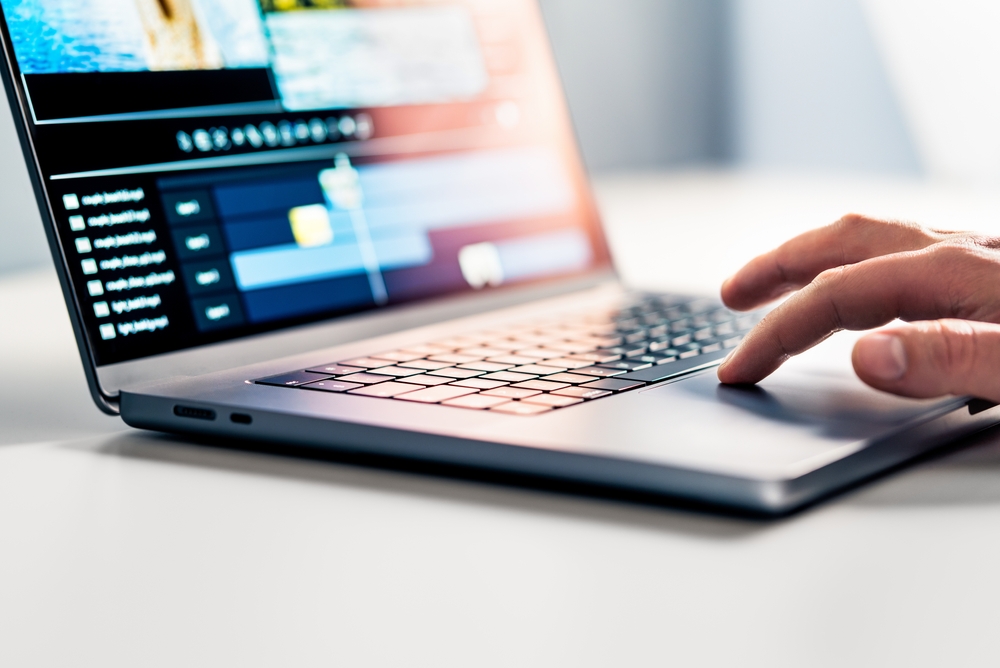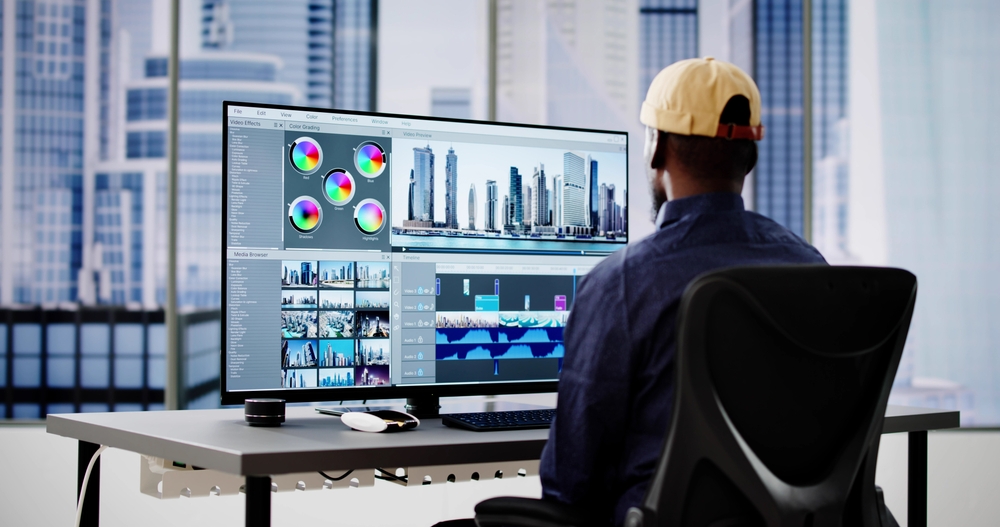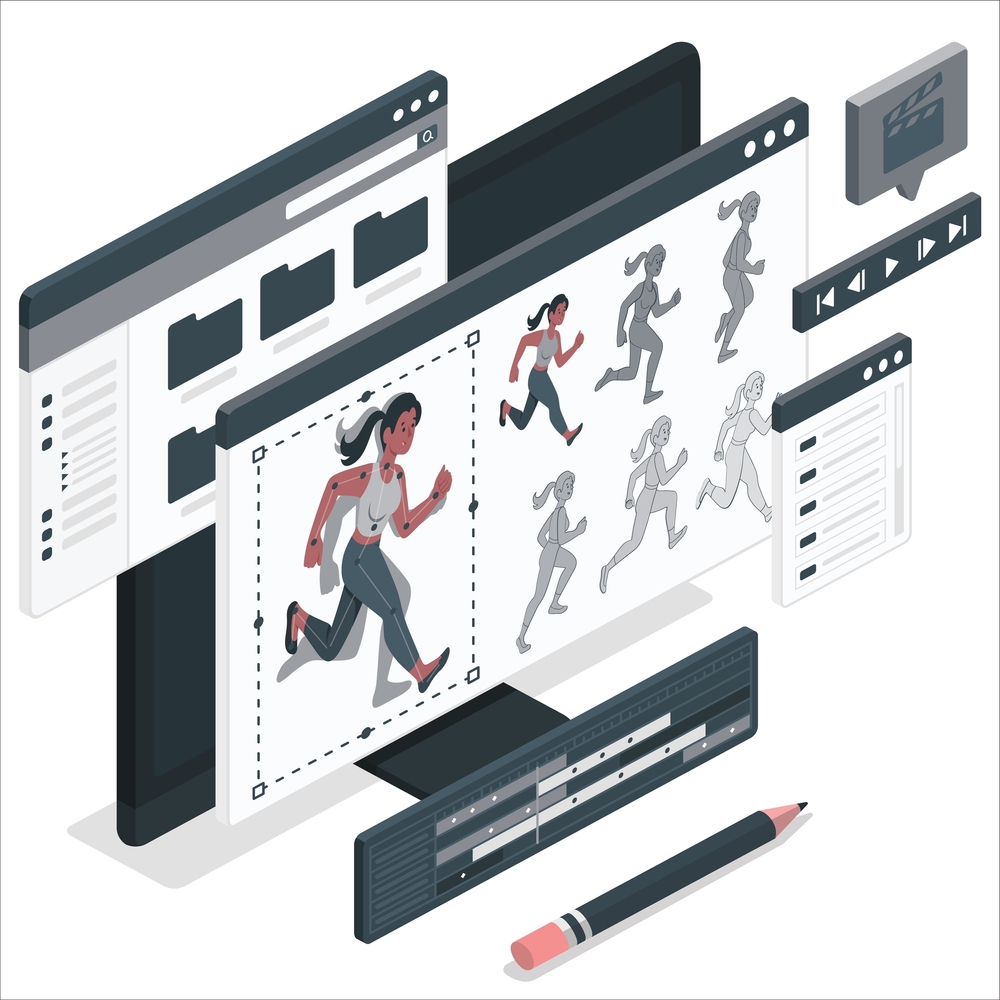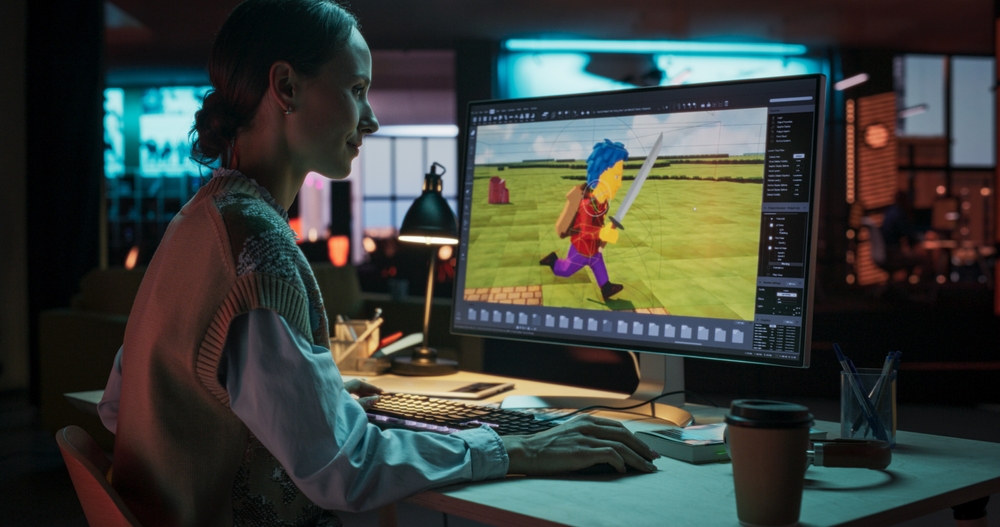WordPress Theme Development Services: Create a Unique Look for Your Site
In a crowded online marketplace, a unique website design can set your brand apart from the competition. While WordPress offers thousands of ready-made themes, they often lack the customization options and uniqueness needed to reflect your brand’s personality. This is where WordPress theme development services come into play. Custom theme development allows you to create a tailored design that speaks directly to your audience and meets your business needs.
What Are WordPress Theme Development Services?
WordPress theme development services involve designing and coding a theme from scratch, specifically for your website. This service gives you the freedom to break away from pre-designed templates and create a unique, branded site that aligns perfectly with your vision. A professional developer will ensure that your theme is responsive, SEO-friendly, and compatible with the latest WordPress updates.
Why Choose Custom Theme Development?
There are several benefits to choosing custom WordPress theme development services, including:
1. Unique Design Tailored to Your Brand
When you opt for custom theme development, you get a website design that is 100% unique. This allows you to have a visual identity that stands out and reflects your brand’s values. Pre-built themes often come with design limitations, but a custom theme offers complete freedom to:
- Adjust layout and typography
- Use your brand’s color palette and imagery
- Incorporate custom features that resonate with your audience
This level of customization ensures that your website is truly one of a kind.
2. SEO-Friendly Structure
Pre-built themes can often contain bloated code that slows down your website and negatively impacts SEO. A custom WordPress theme is built with clean, efficient code, which improves site speed and user experience—two key factors in ranking well on search engines. Additionally, a developer can build the theme to include proper headings, meta tags, and schema markup to enhance your site’s SEO performance.
Discover essential SEO tips for WordPress themes.
3. Full Control Over Functionality
With a custom WordPress theme, you have complete control over the functionality of your site. Whether you need a complex eCommerce platform, a membership site, or a portfolio showcase, your developer can integrate features that fit your exact needs. You won’t be limited by the functionalities offered by pre-built themes, many of which include features you don’t need and lack the ones you do.
The Process of WordPress Theme Development
The WordPress theme development process generally involves several key steps:
- Consultation and Planning: The developer will gather information about your business needs, goals, and design preferences.
- Design Mockups: The designer will create visual mockups of your website to ensure it aligns with your vision.
- Development: The developer will write custom code to bring your design to life, ensuring it is responsive and fast.
- Testing: Your website will undergo rigorous testing to ensure it works seamlessly on all devices and browsers.
- Launch and Support: Once approved, your custom WordPress theme will be launched, and you will receive ongoing support to handle any issues or updates.
Learn more about the theme development process here.


When to Consider Custom WordPress Theme Development
Custom WordPress theme development services are ideal for businesses looking to elevate their online presence with a unique and functional website. If you have specific branding requirements, need advanced functionality, or want to ensure your site is optimized for SEO and speed, it’s time to consider custom theme development.
Additionally, if your current WordPress theme no longer serves your business needs or lacks the flexibility for future growth, custom theme development is a worthwhile investment.
Conclusion
Investing in WordPress theme development services ensures your website is not only visually appealing but also functional, fast, and SEO-friendly. A custom theme tailored to your brand’s specific needs can enhance user experience, improve search engine rankings, and set you apart from the competition. If you’re ready to create a unique look for your site, contact Digitor for professional theme development services today.
Explore more related articles to deepen your understanding and make informed choices about graphic design techniques
WordPress Website Developer: Expert Solutions for Your Online Presence
Custom WordPress Development: Tailored Websites for Your Business



